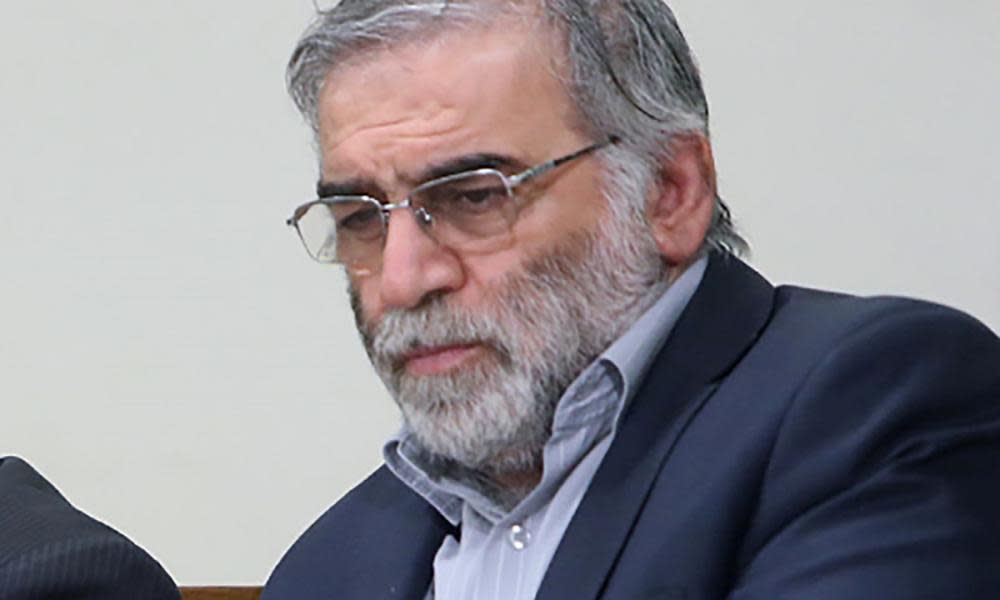Mohsen Fakhrizadeh: key figure in Iran's nuclear efforts who avoided limelight

Outside of the circles who closely watch Iran’s nuclear programme in Israel, the US and at the International Atomic Energy Agency, Mohsen Fakhrizadeh, who has been shot dead in Tehran, was not a household name.
But for two decades the nuclear engineer – once a familiar sight to his students at Tehran’s Imam Hossein University, where he lectured in physics – was of interest to nuclear proliferation experts owing to the suspicion that he was a key figure in Iran’s nuclear efforts.
Born in 1958 in Qom, he joined the Revolutionary Guards after the overthrow of the shah, Mohammad Reza Pahlavi, in 1979. Even as a scientist he reportedly retained a senior rank in the RGC as a brigadier general.
What little is known about him comes from a variety of sources, including Iranian opposition groups with their own agenda.
A landmark report by the UN nuclear watchdog in 2011 identified Fakhrizadeh as a central figure in suspected Iranian work to develop technology and skills needed for atomic bombs, and suggested he may at that time still have had a role in such activity.
One of the only Iranian nuclear engineers to be named by the IAEA in its documents, Fakhrizadeh was invited repeatedly by the agency’s inspectors to talk about his role, an encounter he assiduously avoided.
At the time the IAEA judged the allegations of work on nuclear weapons “to be, overall, credible” and “consistent in terms of technical content, individuals and organizations involved, and timeframes.”
Pushed into the frame again in 2018 by a presentation by the Israeli prime minister, Benjamin Netanyahu, who warned listeners to “remember his name”, Fakhrizadeh would have been aware he was in a dangerous spotlight as a campaign of assassination of Iranian scientists heated up.
Although details of his precise work and role have long been murky even to those who have studied his career, what is known is that he was important enough to be housed with his team for a number of years in a secure compound, provided with guards for his safety, and regarded as off-limits to nuclear inspectors.
Documents that emerged more than a decade ago, and details from a laptop, led the IAEA and intelligence officials to a high degree of confidence that Fakhrizadeh, along with other civilian scientists, was a central figure in the country’s nuclear research programme, which moved between civilian and military facilities and operated until at least 2003.
Rejected by Iran as fakes, the documents pointed to a variety of activities including research into how to weaponise warheads and the explosives technology required to detonate a nuclear bomb.
According to those who saw the trove of materials at the time, Fakhrizadeh’s name was prominent as a programme leader in Iran’s efforts to master the uranium enrichment cycle.
Iran has always denied it has any interest in developing nuclear weapons, saying its research is for peaceful purposes.
If Fakhrizadeh’s profile was low before 2011, it became even more so after the Organization of Defensive Innovation and Research, which he was involved with, drew increasing attention, reportedly being moved to a more secure location.
In the end it was not secure enough.

 Yahoo Movies
Yahoo Movies 
